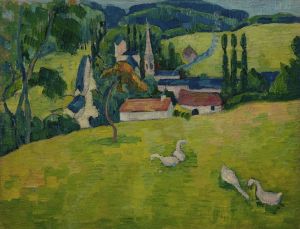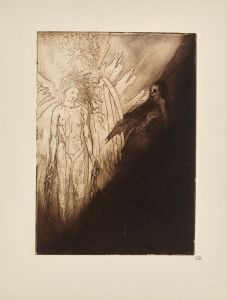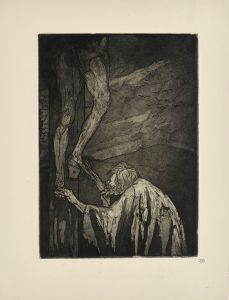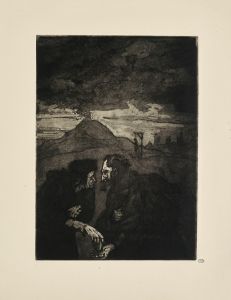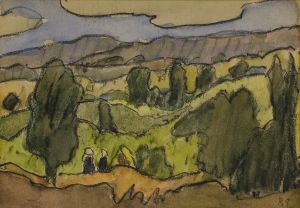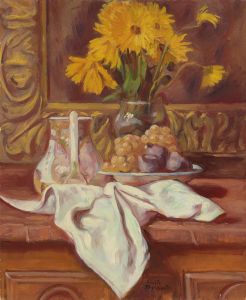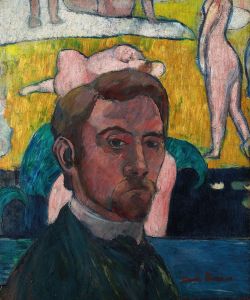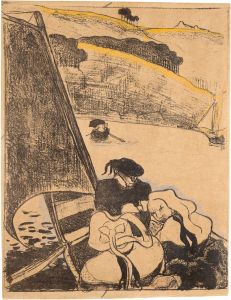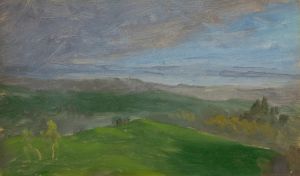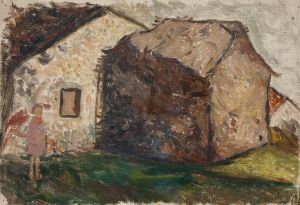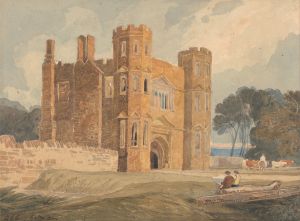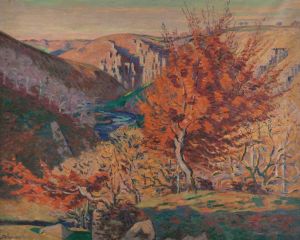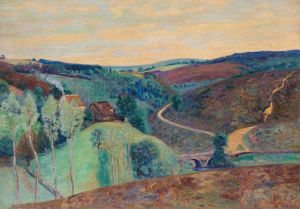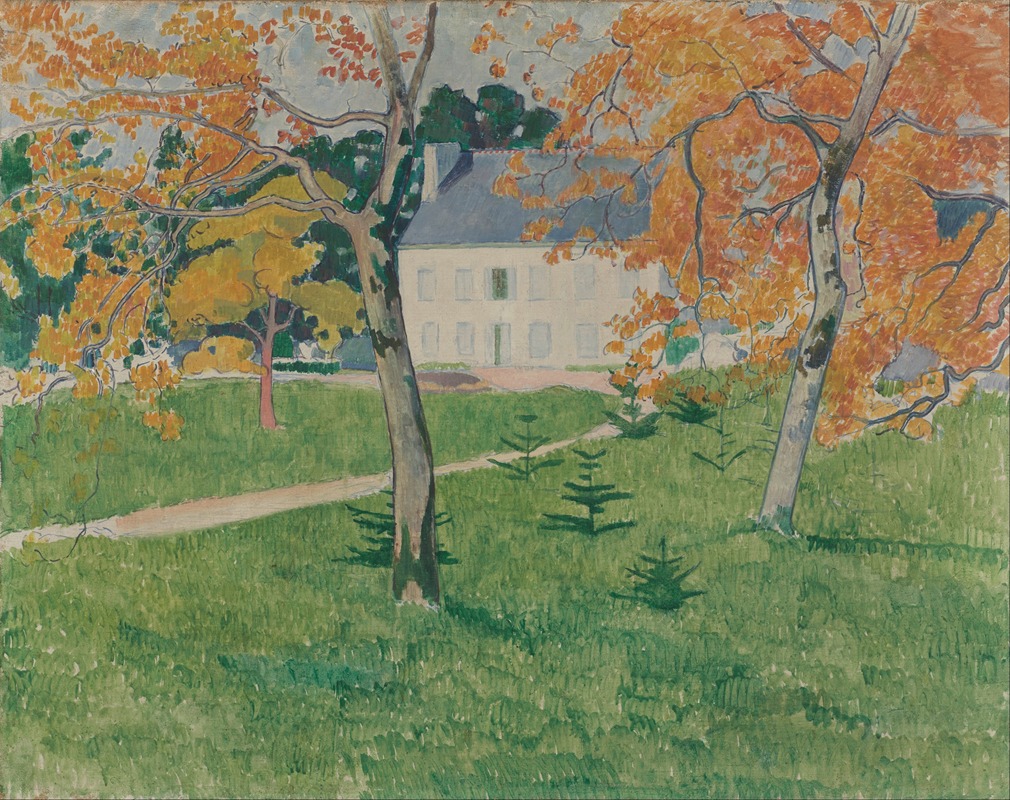
House among trees; Pont-Aven
A hand-painted replica of Emile Bernard’s masterpiece House among trees; Pont-Aven, meticulously crafted by professional artists to capture the true essence of the original. Each piece is created with museum-quality canvas and rare mineral pigments, carefully painted by experienced artists with delicate brushstrokes and rich, layered colors to perfectly recreate the texture of the original artwork. Unlike machine-printed reproductions, this hand-painted version brings the painting to life, infused with the artist’s emotions and skill in every stroke. Whether for personal collection or home decoration, it instantly elevates the artistic atmosphere of any space.
"House among Trees; Pont-Aven" is a painting by the French artist Émile Bernard, created in 1886. Émile Bernard was a significant figure in the Post-Impressionist movement and played a crucial role in the development of Symbolism and Cloisonnism, an art style characterized by bold outlines and flat areas of color. Bernard's work often explored themes of rural life and landscapes, and he was known for his innovative approach to color and form.
The painting "House among Trees; Pont-Aven" is a reflection of Bernard's time in Pont-Aven, a small village in Brittany, France, which was a popular destination for artists in the late 19th century. Pont-Aven became an artistic hub, attracting painters who were seeking inspiration from its picturesque landscapes and traditional Breton culture. It was here that Bernard met and collaborated with other notable artists, including Paul Gauguin, with whom he developed the Cloisonnist style.
In "House among Trees; Pont-Aven," Bernard captures a serene and idyllic scene, depicting a house nestled among lush trees. The composition is marked by its use of bold outlines and vibrant colors, a hallmark of the Cloisonnist technique. This style was influenced by Japanese prints and medieval stained glass, emphasizing the separation of colors by dark contours. Bernard's approach in this painting demonstrates his departure from the more naturalistic techniques of Impressionism, moving towards a more abstract and symbolic representation of the landscape.
The painting reflects Bernard's interest in simplifying forms and focusing on the emotional and spiritual aspects of the scene. The use of color is particularly striking, with the greens of the trees and the earthy tones of the house creating a harmonious balance. Bernard's technique allows the viewer to appreciate the beauty of the natural world while also inviting contemplation of the deeper meanings behind the imagery.
Émile Bernard's time in Pont-Aven was a formative period in his artistic career. His interactions with Gauguin and other artists in the area led to significant developments in his style and artistic philosophy. Bernard's work during this period laid the groundwork for future movements in modern art, influencing artists such as Vincent van Gogh and Henri de Toulouse-Lautrec.
"House among Trees; Pont-Aven" is an example of Bernard's innovative approach to painting and his contribution to the evolution of modern art. The painting is a testament to his ability to blend traditional subject matter with new artistic techniques, creating a unique and enduring work that continues to be studied and appreciated by art historians and enthusiasts alike.
Today, Émile Bernard is recognized as a pioneering figure in the Post-Impressionist movement, and his works, including "House among Trees; Pont-Aven," are celebrated for their bold use of color and form. The painting remains an important piece in the study of late 19th-century art, illustrating the transition from Impressionism to more abstract and symbolic forms of expression.





